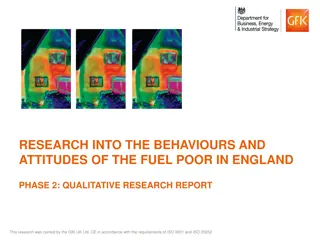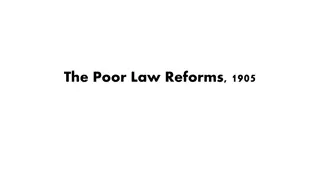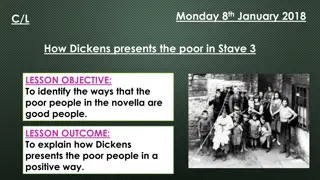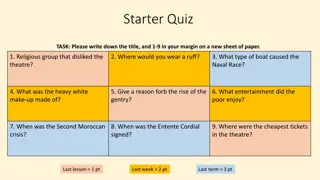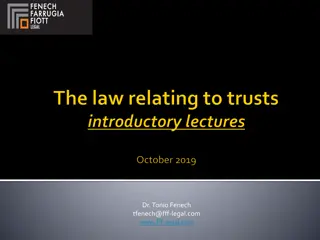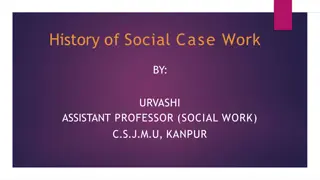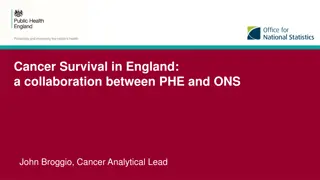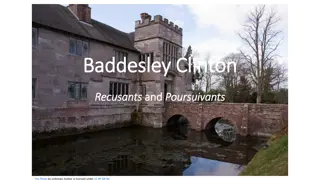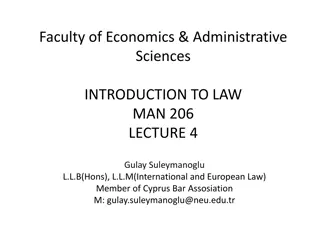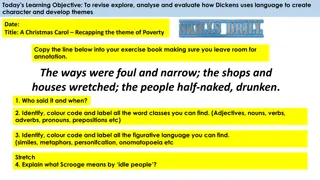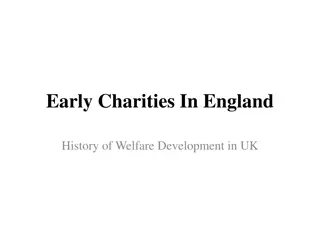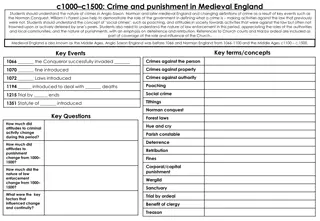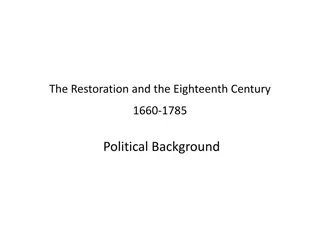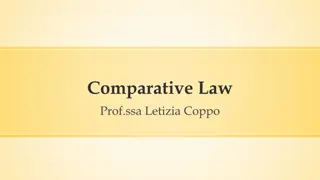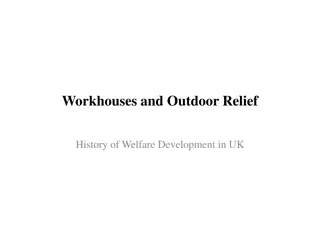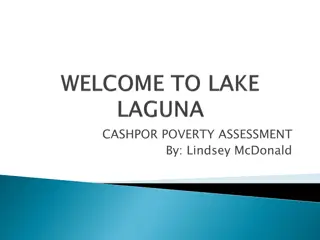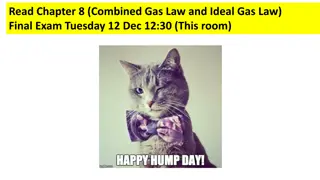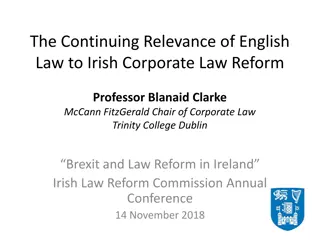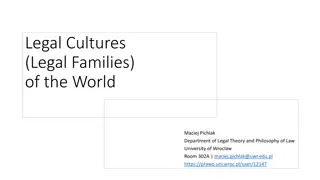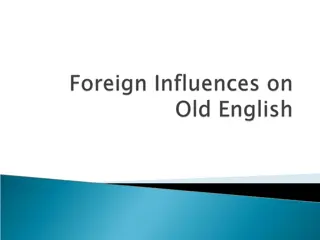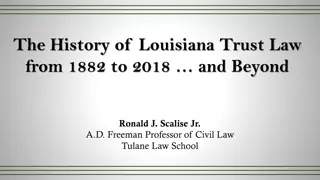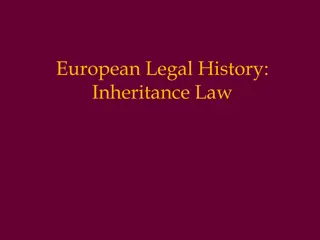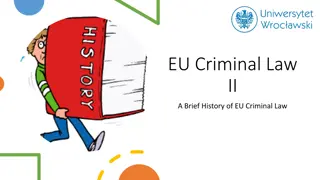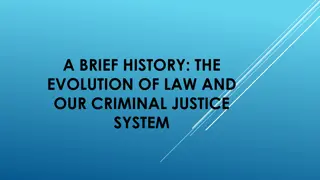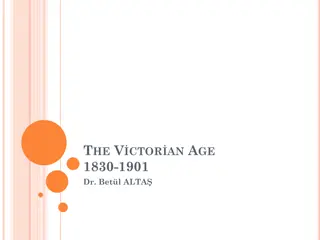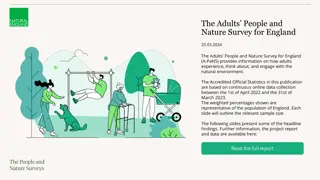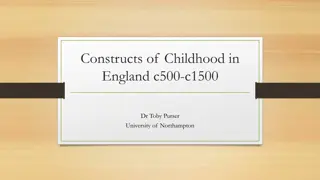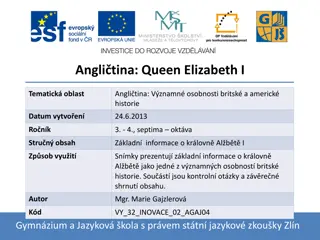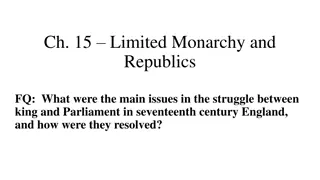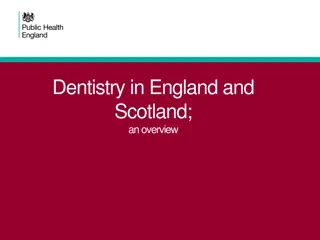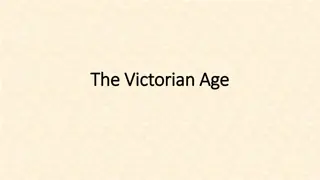Evolution of Poor Law in 1601 England
The Poor Law of 1601, also known as the 43 Elizabeth law, aimed to unify and codify existing poor laws in England. It established community responsibility for supporting the needy and emphasized the role of family in caring for their own. The law classified the poor into categories like able-bodied beggars, impotent poor, and dependent children, with provisions for workhouses and alms houses. Family members were expected to support their relatives before public assistance was provided.
Download Presentation

Please find below an Image/Link to download the presentation.
The content on the website is provided AS IS for your information and personal use only. It may not be sold, licensed, or shared on other websites without obtaining consent from the author. Download presentation by click this link. If you encounter any issues during the download, it is possible that the publisher has removed the file from their server.
E N D
Presentation Transcript
Poor Law of 1601 Imran Ahmad Sajid, PhD Source: Walter Friedlander. (1968). Introduction to Social Welfare. pp.15-18
In 1600, it was realized that the previous laws were haphazardly made and they needed codification* and unification#. In 1601, Queen Elizabeth, passed a law which was also known a 43 Elizabeth . *Arrange something #act of uniting
Known for 1. Unification and Codification of preceding poor laws 2. Community responsibility to support the needy 3. Principles of Relatives / Family Responsibility
Classification of Poor 1. Able Bodies / Sturdy Beggars Workhouses 2. Impotent Poor/Beggars Alms Houses / Outdoor Relief Poor Indentured / Given to the lowest bidder 3. Dependent Children
1. The able-bodied/Sturdy beggars They were those called the sturdy beggars and were forced to work in the work houses or house of correction. Citizens were forbidden to give them alms and those who arrived fresh in a parish were returned to the place where they had dwelt last for an year. Any vagabond, who refused to work in the work house, was put in a stock or in a jail.
2. The Impotent poor They were those who were unable to work- the old, infirm*, the demented, the pregnant women, women with young children, the deaf-mute etc. they were put in the alms houses and were provided with food, shelter and clothing. Those who could work within their capacities like dish washing, washing clothes etc , were put to such pity works. Again, if the impotent poor had a place to live and that seemed less expensive than in the alms house, the overseers could provide them help in kinds there as out door relief. *not strong
Under this law, as was in the previous laws, the poor law did not register a person in need of public assistance if his wife/ her husband/ son/ father/ daughter/etc. supported him/her and they had to. This was known a s family responsibility or Relative s Responsibility meant that relatives have to assume the primary responsibility of supporting own poor. The public relief authority only aided a person when his family or relatives were unable to support them.
3. Dependent Children These were 1. orphans, 2. foundlings, 3. children who had been deserted by their parents or 4. whose parents were so poor that they could not support them. These children were given to some citizens who were willing to take them without any charge. In case such homes were not available, these children were given to the lowest bidder.
Children of eight (8) years and older who could do some domestic work, were indentured with townsmen. Boys were taught the trade of their master and had to serve up to their twenty fourth birth day. Girls were brought up as domestic servants and remained in indenture up till their twenty first birth day or married.
Administration of the Poor Laws Role of the Overseer of the poor 1. Receive application of the poor person for relief 2. To investigate his condition 3. To decide whether he was eligible for relief 4. To decide whether the applicant and his family should be placed in work house or alms house , to be sold out or should receive aid in their own communities 5. Collect poor tax from the community
Comments The new feature of the law was the establishment of the liability to support grand parents in need. This law was based on public sentiment that the government should do some thing for the help of the poor at the time of economic, political and religious need.
The law confirmed the responsibility of the parish- the local community to finance their poor brethren who were not supported by their relatives. The parish was responsible for the maintenance of those destitute who were born there or had lived there for at least three years. This question of residence or settlement right is still considered while processing application for benefits.
Conclusion The poor law of 1601 set the pattern of public relief under governmental responsibility for the UK for three hundred years. It established the principle that the local community the parish had to organize poor relief for its residents, provide sustenance to the unemployed and children, and work to the able bodied persons. It still maintain many of the earlier features of repression and disdain for the destitute, but it also accepts an obligation for the aid of people who could not provide for themselves.


